After those two years of chronic fatigue, I slowly got better, always wondering if that terrible fatigue would return. I wondered if I would die from this mysterious illness and thought about never seeing our girls get married or meeting our grandchildren. It was a scary time. I did pretty well for the next four years until I got Lyme Disease. At the time, I was very sick and I noticed again that the dimming vision occurred. Again, it was very slight and this time I brushed it off because it had happened before and it didn’t seem to be a problem because it went away. Little did I know, that was a clue to unlocking the mystery.
Fast forward to April of 2014. After a terrible cold, I started having intense stabbing pain around my eye sockets, especially while rolling them around. I was treated with antibiotics assuming it was a sinus infection, but the treatment did not work and the pain only got worse. It wasn’t long before I started going blind. I raced to the eye doctor who immediately got me in touch with an optic neurologist, Dr. Shalom Kelman in Baltimore. By the time I saw him, I was almost blind. He confirmed that I had Optic Neuritis and I he treated me with a round of high-dose Solumedrol for 5 days. He hoped that would be the end of it, but a week after the treatment ended, I was completely blind. It happened twice more, in one eye, then the next, and included a week in the hospital. The fourth time was in both eyes, and that’s when he suggested that I had Neuromyelitis Optica, or NMO, and I ended up in Dr. Michael Levy’s hands at Johns Hopkins Medical Center in Baltimore, Maryland. At the time, Dr. Levy put me on Rituxan which put a stop to my persistent attacks. What a relief. After a blood test to determine whether I had NMO, I was categorized into a group of 30% of people who meet the criteria for NMOSD but test negative for the Aquaporin-4 antibody, which is considered the blood test for NMO. Dr. Levy diagnosed me at that point for NMOSD. I went on for 3 more years using Rituxan, but every time I caught a cold, I had another attack, usually in my eyes, but once or twice in my spine, with a small lesion causing leg spasms and bladder issues. Finally, when the MOG antibody test was perfected, Dr. Levy tested me for MOG. It was positive.
Because of my new diagnosis of MOG-AD and the failure of Rituxan, I was put on CellCept. I continued on this medicine for 2 years with no relapses and I felt pretty good with plenty of energy. Most recently, because of small infections and low immunoglobulin, I switched to IVIG and am still stable. My wounds mostly healed but my eyes are damaged from past attacks. Thankfully, I can function normally and live independently.
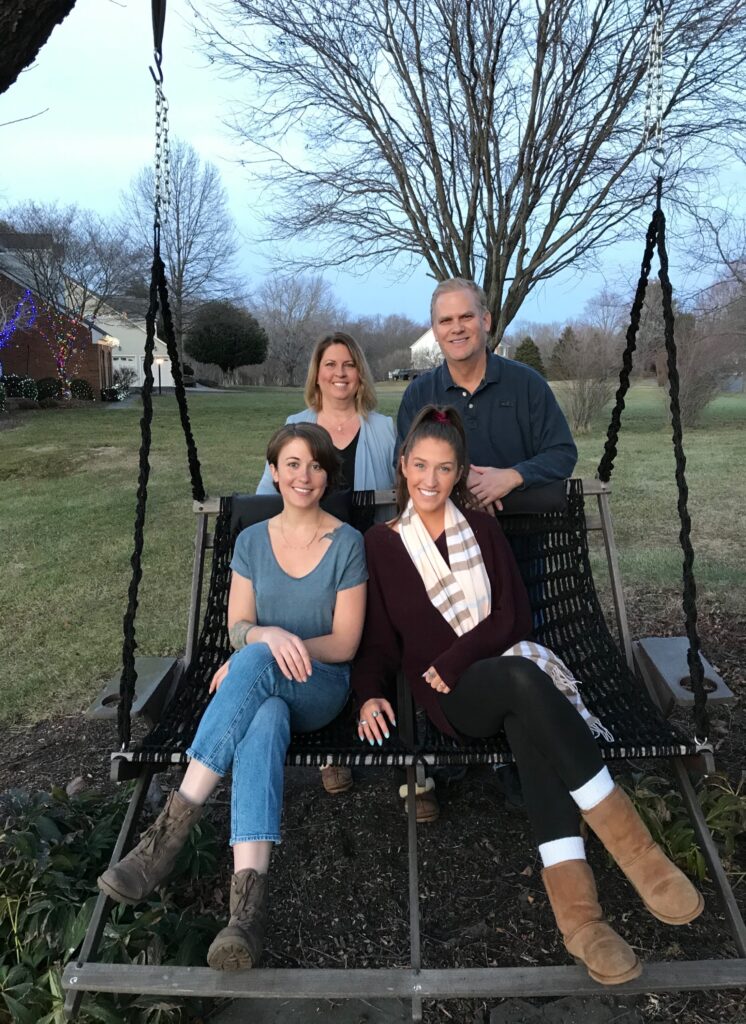
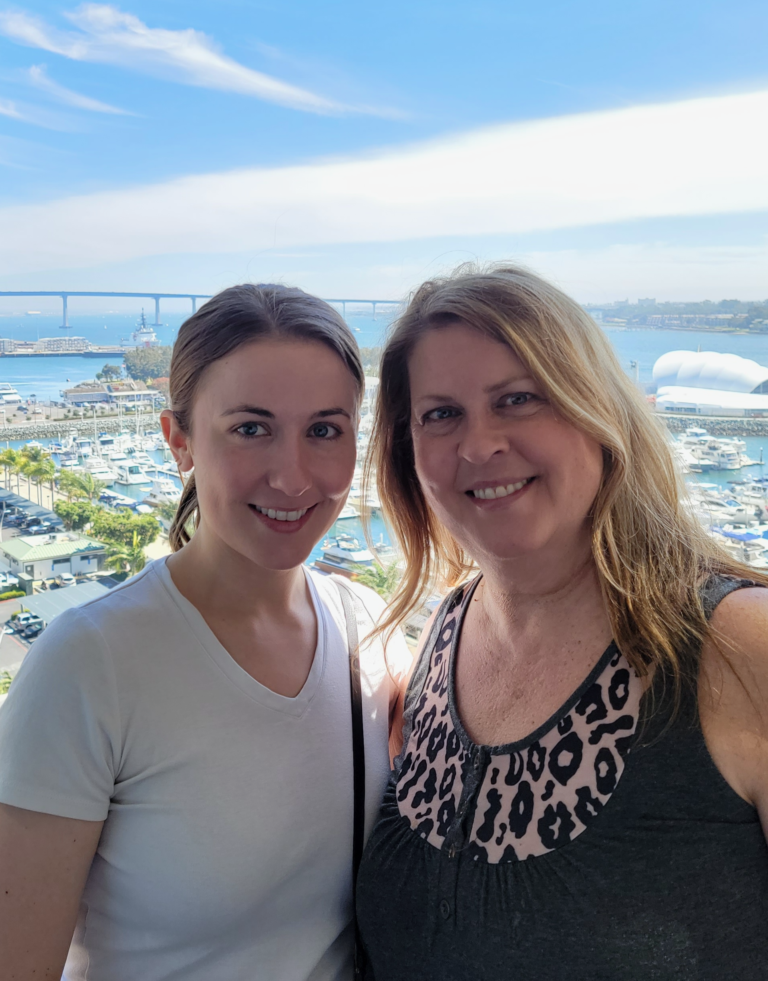

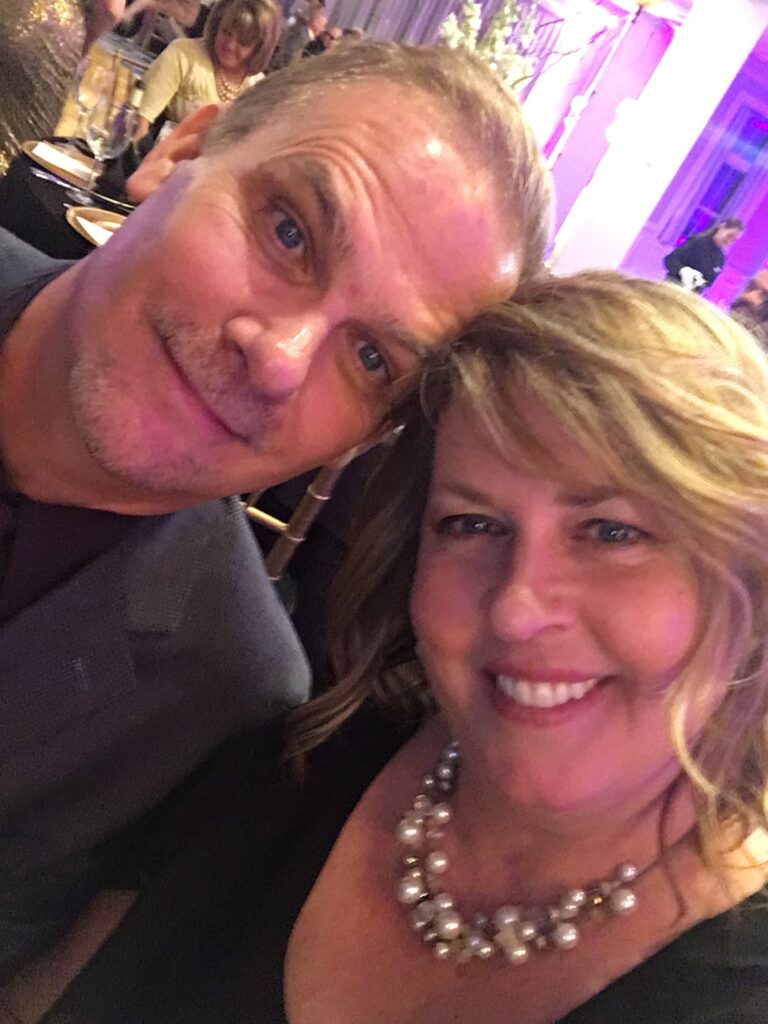



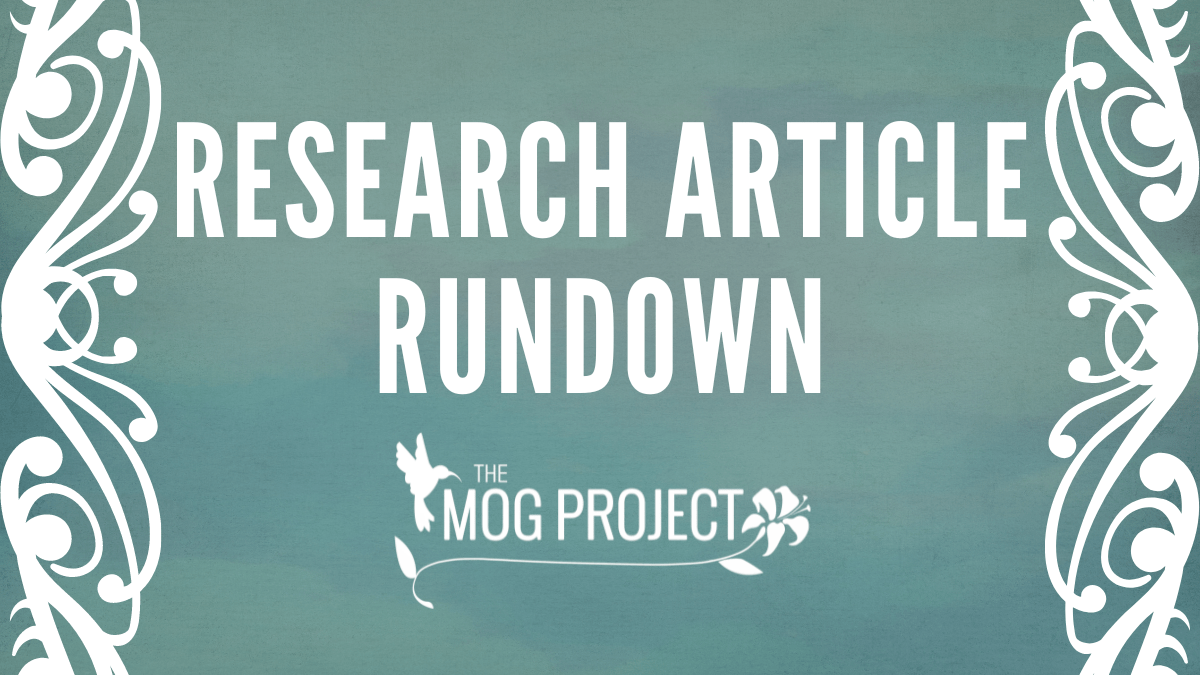
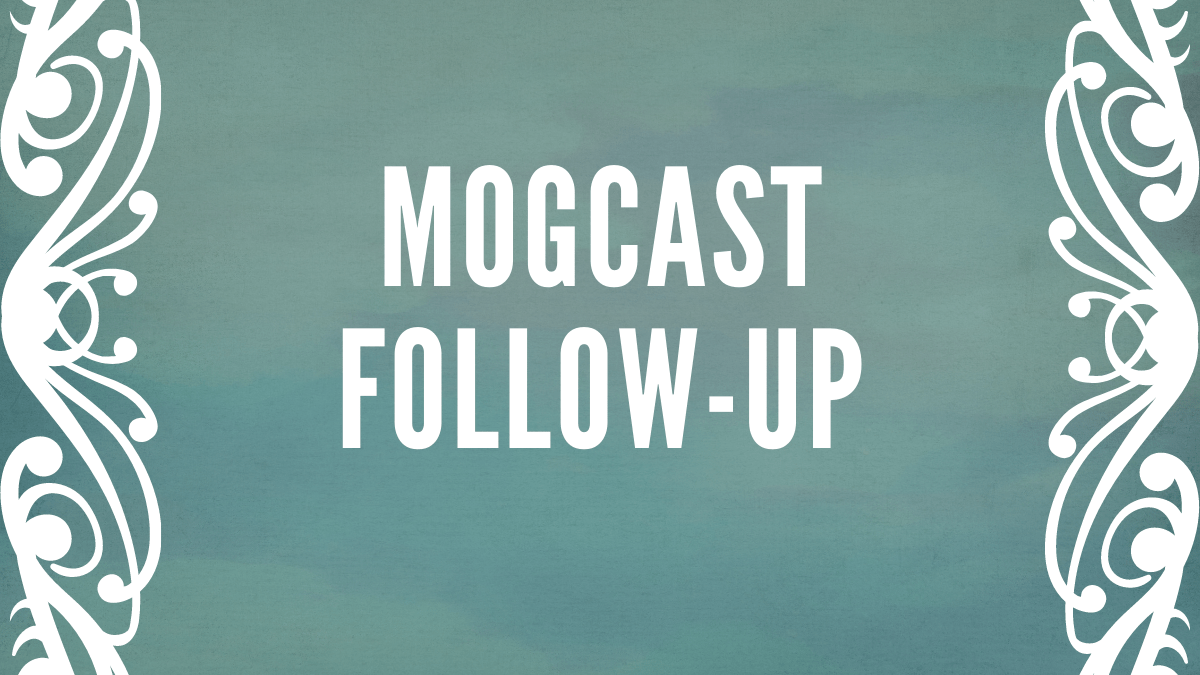
Hi Julia, I am really happy that you and your daughter started this project. My situation is very similar to yours but it effected my walking more than my vision. I wish there was some way the test for the MOG Antibody could be done prior to an attack, i.e., as a means of prevention, so as to avoid damage. I had symptoms for 15 years prior to the attack that landed me in the hospital paralyzed from the chest down. I even saw a neurologist at that time because my optometrist noticed a pallor on my optic nerve head. The neurologist told me to come back when I develop “real” symptoms, but I needed a referral from my family doctor who dismissed my concerns outright. I changed doctors 3 times and was still treated like I was making up stories. I wish my children and grandchildren could be tested for the MOG Antibody. I worry that they might have an attack one day that could have been prevented.
I have suffered from MOG for almost two years now! I feel the same way you did as far as energy and feeling like I was going to fall all the time due to extreme weakness! Mine affects my walking and spine more then my vision. I sometimes have these blurry periods and somewhat of a hard time seeing. My bladder and bowels have been affected due to this illness too! I wish they had more resources and knowledge about this awful debilitating auto immune disease! I keep pushing through life and only hope things turn around and get better for me.
Hi my name is Erin and I was diagnosed with MOG two years ago at the Mayo. I started with a headache that would not quit. I saw a doctor thinking maybe it was an ear infection, nope, i saw a dentist thinking it was my teeth, nope, so for days I took tylenol, suffered, tried to sleep, could not eat,
My daughter who had been on vacation, came over and as I sat on the couch with the grandkids tipped right over…I laughed because it was so ridiculous, convinced my daughter I would be fine, she left but turned around and out of concern gave me an ultimatum. She was bringing me to the ER or calling 911…I was admitted for a week and had many many tests, at one point they treated me for meningitis while waiting for the tests results to come back. That was not it, so they sent me to Mayo where after a week of tests, spinal, MRIs I as diagnosed. I was given intravenous steroids for a week then high dose steroids (60mg). The headaches did become less severe…but I could not walk without help. I had a friend stay with me for about two months and my memory was gone. My MRI showed my entire head was covered with inflammation, I was given an antidepressant…that really messed me up… my daughter was so scared she brought me to the ER…lol…I wasn’t depressed at all, then or now, I’ve always been pretty upbeat….then we tried cellcept which really upset my stomach so after several improved MRIs, steroids, we decided to see if we got it, I relapsed within two months of tapering off the steroids although I’m thinking it just didn’t go away, I was improved but far from better, we saw the relapse on the MRI which showed an area of inflammation on my brain again, smaller but new. I started IVIG monthly about 7 months ago. The plan is to end the treatment in July. Today I am still a bit unbalanced, unable to drive, weaker than I use to be, but functioning very well compared to the past couple years! Yay!! I have tried physical therapy a couple times, however I struggled so much and its not a type of thing some physical therapy could change, it seems I improve in tiny micro steps Very hard to explain, I also went through a few months of shortness of breath which was a bit scary, bowel and urination issues for awhile, back pain, and now mild headaches pretty regularly. I am super hopeful tho. I wish there was some reason to this, how did I get it? I’ve been healthy all my life and was tested for every single possible thing…My expectation is full recovery!! Its so good to read this blog and know I’m not alone, I am still the only MOG patient my neurologist has had. I live about 5 hours from Mayo in a smaller town in Northern Minnesota. My neurologist and I are learning as we go. I would love to hear how everyone is doing, Take care and sll will be well!!
Comments are closed.